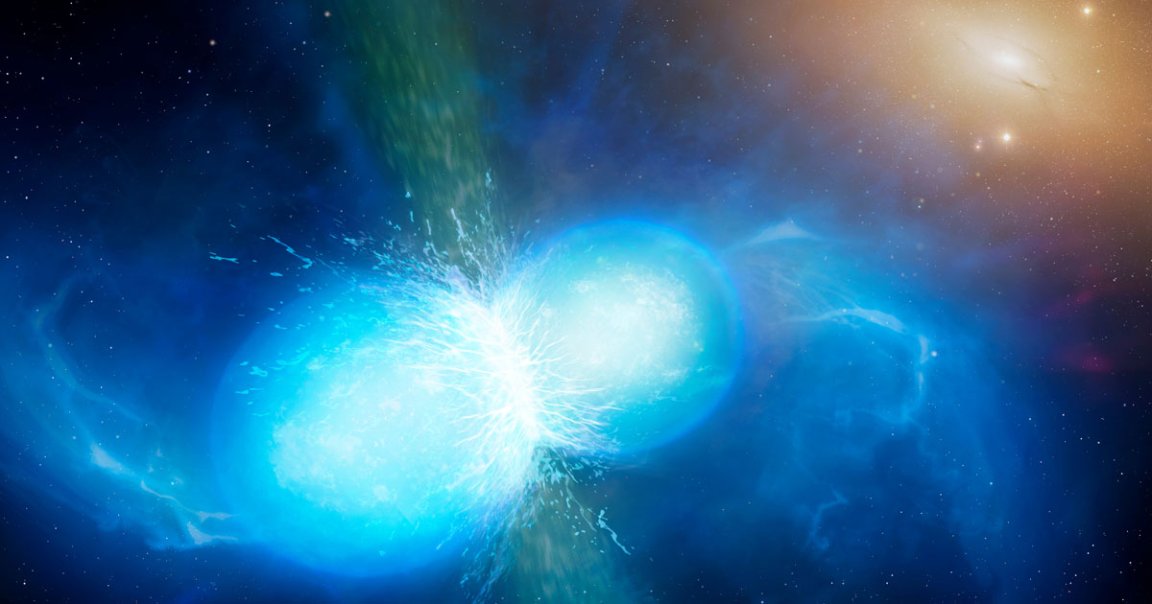
Mass Gap
Last week, astrophysicists announced a bizarre, unprecedented celestial object that sits smack in the middle of the theoretical divider separating black holes from neutron stars.
The object, too small to be a black hole and too large to be a neutron star according to existing models, has astronomers baffled about where this thing came from, Scientific American reports. But whatever this thing is, it makes perfectly clear that the rules we use to understand the universe aren’t quite as solid as we expected.
Middling Out
The problem is the object’s unusual mass: at 2.6 times the mass of the Sun, it’s 0.1 solar mass heavier than the theoretical upper limit for neutron stars, according to research in The Astrophysical Journal Letters. But the smallest black holes we know about are at least five solar masses, putting the object in no man’s land
“The idea of a mass gap as a true gap with nothing in it, I think, is getting progressively destroyed,” Philippe Landry, a LIGO member at California State University, Fullerton, told SciAm. “This is going to be one nail in the coffin.”
Now What
Accepting that the object, which has been dubbed a “black neutron star,” exists is just step one. Now astronomers have to grapple with where it came from, and whether it’s a tiny black hole or the result of a merger.
“It could be that these objects are very difficult to make,” Syracuse University astronomer Duncan Brown told SciAm, “but once in a blue moon, a supernova explosion lands you there.”
READ MORE: Mystery Object Blurs Line between Neutron Stars and Black Holes [Scientific American]
More on whatever this thing is: Astronomers May Have Discovered First-Ever “Black Neutron Star”